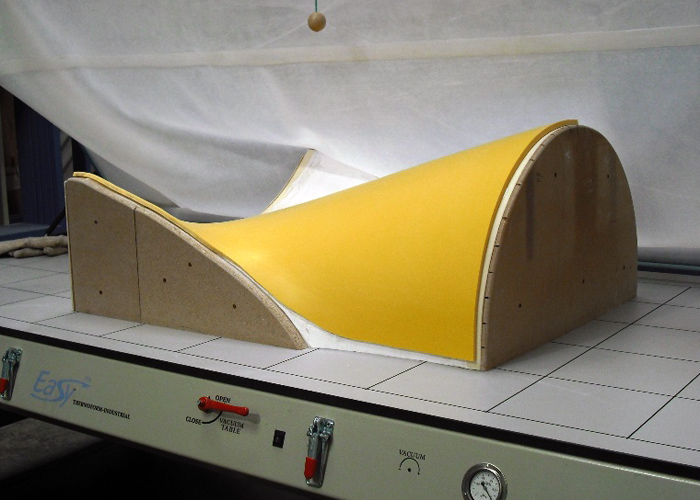Melt blending to produce a nanocomposite, with layered clay, may be applicable for polypropylene, nylon 66 etc. In situ polymerisation can be used for acrylics, nylon-6, epoxy resins etc. Nano clay reinforced thermoplastics are often used in the field of packaging films with lower permeability to air/gases or for flame retardant films etc.
Melt blending is done by the following procedure: the nanoclay and the quarternary ammonium salt are mixed with water separately with heating. After getting uniform dispersions they can be mixed and then washed with water. They may then be filetered and the water may be evaporated. During this stage, the clay particles may be agglomerated. The agglomerates may break by stirring. This clay is called organo modified nanoclay. In this clay, the nano sheets of clay will be separated by a larger distance than the original 0.7nm. Further the sheets will be coated with an organic material which will enable the polymer chains to flow between them to cause intercalation or exfoliation.
This organo modified nanoclay then may be added to the polymer in molten or solution state. For preparing nylon6-nanoclay composite, this prepared clay may be swollen by caprolactam at 80-100C in a constant temperature bath. After the swelling the polymerisation can be carried out by adding a suitable catalyst. The resulting nanocomposite shows good exfoliation or intercalation. The tensile strength and modulus of such composites are known to increase by about 50% and 70% respectively. HDT improves by more than 100%. Elongation at break, however, was found to decrease from above 100% to around 7%. The changes are achieved at a filler loading of just 5%.
If we want to prepare a nanocomposite in molten state with polypropylene, the organo modified nanoclay may be mixed with PP and passed through a twin screw extruder. The challenge here will be: though the clay is organo modified, the polarity is still very high for PP chains to pass through the galleries between the nano sheets. Hence, the PP will need compatibilisation. This can be achieved by grafting of maleic anhydride into the PP and a small amount of the grafted PP may be added to the original PP before passing through the extruder. A silane coupling agent too may be needed in the compound. The processing temperatures should be kept at 170C or below, otherwise, the coated quarternary ammonium salt layer will oxidise and collapse the galleries, leading to agglomeration of the nanosheets. This will lead to poor mechanical properties.
The improvement in mechanical properties may be around 50-100% for tensile modulus. Tensile strength may show a little improvement only.
We shall look at some more nanocomposites in the forthcoming issues.




